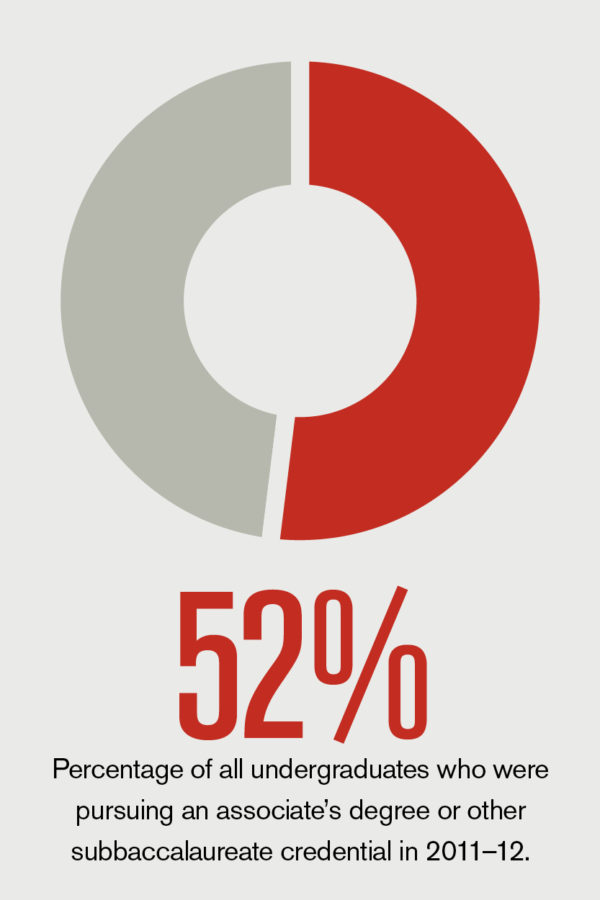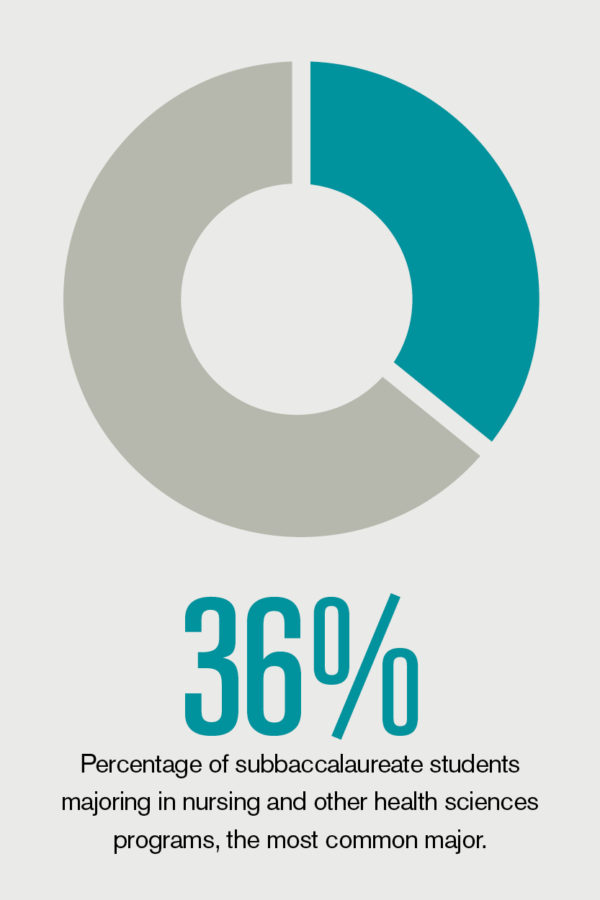California Institute of Technology, Pasadena, generates roughly 80 percent of its electric power on site, with two-thirds of that capacity powered bthe institution’s natural gas combined heat and power plant. During the past two years, Caltech leaders have been hard at work developing a new energy strategic plan, while giving serious thought to how the institution might fundamentally change its energy supply and infrastructure. (Read also “Bright and Breezy” in the May 2018 issue of Business Officer magazine.)
The conversations have included how to fully decarbonize Caltech’s electric grid, according to John Onderdonk, senior director of facilities services and integrated planning, and chief sustainability officer. This might entail retiring Caltech’s co-gen plant and transitioning to off-site procurement of large-scale renewable energy. Yet, because of the intensive heat and steam needed for research activity, one big challenge would be how to otherwise adequately provide those thermal requirements without fossil fuels.
One option is to move to a hot water system using electricity or solar thermal applications, either of which could also save a tremendous amount of water, notes Onderdonk. “Boiling water with electricity may not be the most efficient or economic solution, but if we are ultimately generating electricity from a fully renewable grid then that may be the best way to decarbonize our thermal requirements as well.” These are the questions with which Caltech leadership is currently grappling.
- Putting first things first. Beyond energy sourcing, another key challenge Caltech faces is working with its electric utility provider on infrastructure needs. “We are the largest customer of our municipal utility. For the first time in 2017, we became a net exporter of electricity to the grid, and this affects the dynamics with our utility,” says Onderdonk. “Because we are a big enough customer that we can move the needle, that presents a change management challenge in addition to an engineering challenge for our utility.”
Caltech is not unique in this regard, notes Onderdonk. “Everyone knows, including utility owners, that the utility business model must change. We need massive evolution in how our country generates and distributes energy supply.” Utilities companies across the country are struggling with that mammoth challenge, believes Onderdonk. He suggests the best way forward is a collaborative approach, where large users in particular can help as a supportive partner with the transition. “One thing we try to be very clear about with our utility is that we see ourselves aligned for the long term. From a sustainability and resilience standpoint, our interest is to have a robust grid that we connect to. We don’t want to be an island,” notes Onderdonk. The question then becomes, what does that customer transaction look like?
- Rethinking energy flows. Among the challenges for utilities across many parts of the nation are infrastructure investment and changing the procurement process. To the bigger picture of rate structures, issues of compensation related to storage and demand/response need more attention, argues Onderdonk. “In my mind, a two-way grid is not only ideal, but is what the future of distributed energy resources will look like—whether that is electric vehicles, thermal energy storage, or large quantities of renewable generation that is brought in from outside our region.”
While Caltech is at a point of considering specific projects—whether solar, wind, or geothermal, or whether on or off site—it is unlikely that the institution could find the full capacity it needs nearby, notes Onderdonk. “The carbon-free energy we need is literally over the hills, so we need utility companies with large distributed networks to bring it in from outside.”
- Identifying infrastructure investment needs. This capacity to operate in smart grid fashion brings up another critical point of how to partner on combined infrastructure, says Onderdonk. That includes the nitty gritty of wires and cable, switch gear and storage, and the nuts and bolts of substations of the utility grid. “Something we should be aligned on and addressing together is large capital investment in our grid system,” says Onderdonk. This might include partnering on ways that Caltech could assist its local utility by integrating renewable energy storage capability on campus to allow for greater resiliency not only for Caltech but for the city.
That same need bears out for many private sector customers as well. With more corporations setting ambitious goals for shifting energy purchasing to renewable sources, some industry groups are concerned demand could sharply outpace supply—or the capability to deliver supply. According to the Wind Energy Foundation report, Transmission Needed to Meet Corporate America’s Growing Demand for Renewable Power, a significant gap currently exists in the transmission capacity to actually deliver on the 60 GW of renewable energy that more than 100 corporate entities have pledged to purchase by 2025—many through power purchase agreements.
SUBMITTED BY Karla Hignite, Fort Walton Beach, Fla., who is a contributing editor to Business Officer.












